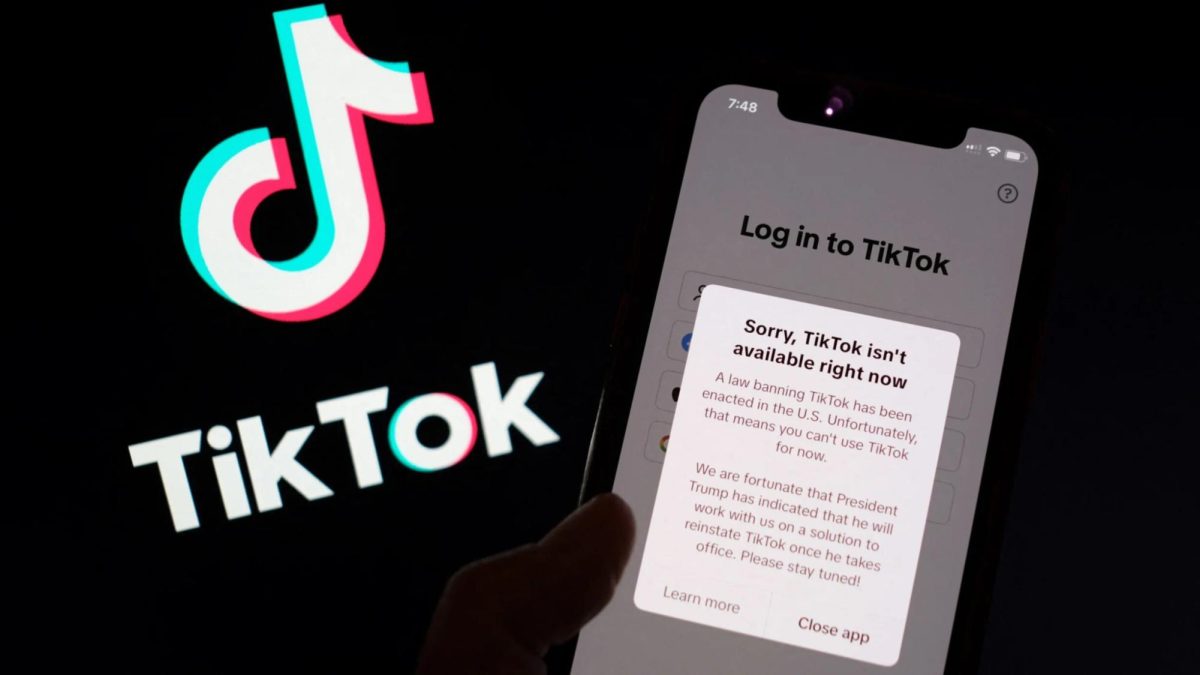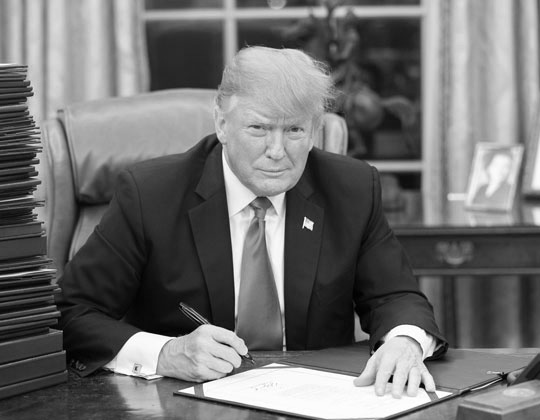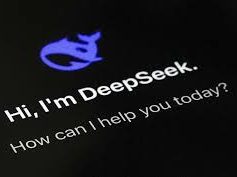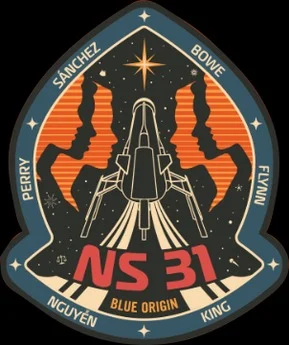A New Contender
In the past few years, AI chatbots have risen to prominence. Capabilities that before seemed like a pipe dream are coming into reach via the amazing power of generative AI. The immensely exciting opportunities that this new technology promises have sparked a fervor in the tech world, and money is constantly being poured into the artificial intelligence industry. Just look at Nvidia – a company that manufactures many of the chips used for chatbots – and the near exponential growth their stock has enjoyed over the past year. When thinking about the AI models behind this craze, a few names spring to mind: ChatGPT, Gemini, and Microsoft Copilot. Within the last few weeks however, a new competitor is making serious waves in the world of generative AI. Everyone, meet Deepseek.
Smash Hit
Deepseek is set apart from other big chatbots because it was developed in China rather than the United States. It also appeared suddenly, shocking big tech companies in the States. Deepseek’s claim to fame is that its newest model, Deepseek R1, has roughly the same computing power as leading rival ChatGPT’s o1; and it costs a fraction of the cost to train and develop. Plus, the code is open source, meaning that it is available for anybody to see and use. The ease and cost-effectiveness of Deepseek is all the more surprising at a time when the US has been doing its best to limit the export of powerful computer chips to China. General understanding is that the company’s founder, Liang Wenfeng, built up a supply of Nvidia chips before they were blocked from going to China. The result of his patience is an AI model that became the bestselling free app on the App Store when it was released here in the US.
Sparking Chaos
The moment Deepseek topped the charts, panic broke out. Immediately, security concerns were raised over the model, in a similar vein as the debate over TikTok. Australia has already instituted a full ban of Deepseek’s technology, and Italy has blocked the app. Chat GPT leveled accusations that Deepseek had illegally used their code for the development of R1. Nvidia, whose stock was blossoming, suddenly took a downturn. The ability of Deepseek to flourish despite embargoes on Nvidia chips raised questions about the necessity of the company for the industry. Faith was shaken in the pillars of American AI development. While American tech firms have their heads spinning, Chinese companies are seizing the opportunity. Because Deepseek’s code is open source, they are quickly co-opting its technology into their own models. This could constitute a turning point in the AI arms race, with China’s reliance on American chips dropping significantly.

Outlook for the Future
Right now, the world is still reeling from the bombshell of Deepseek’s release. However, a response is sure to be in the works. Experts are anticipating a larger focus on optimization of AI. In time, artificial intelligence models will be cheaper and more efficient to make, ultimately improving the technological power of the world at large. The AI industry will bounce back from this, and they’ll come back stronger than ever.
Works Cited:
Cieslak, Marc, et al. “What Is DeepSeek – and Why Is Everyone Talking about It?” BBC, 27 Jan. 2025, www.bbc.com/news/articles/c5yv5976z9po.
Clark, Silvia Cernea. “Rise of DeepSeek: Experts weigh in on the disruptive impact of new Chinese open-source AI model.” Rice University News and Media Relations, Rice University, 29 Jan. 2025, news.rice.edu/news/2025/rise-deepseek-experts-weigh-disruptive-impact-new-chinese-open-source-ai-model.
Liu, John. “DeepSeek Hasn’t Just Disrupted OpenAI. Chinese Tech Giants Are Being Upended Too | CNN Business.” CNN, 10 Feb. 2025, www.cnn.com/2025/02/10/tech/china-deepseek-ai-disruption-hnk-intl/index.html.




















